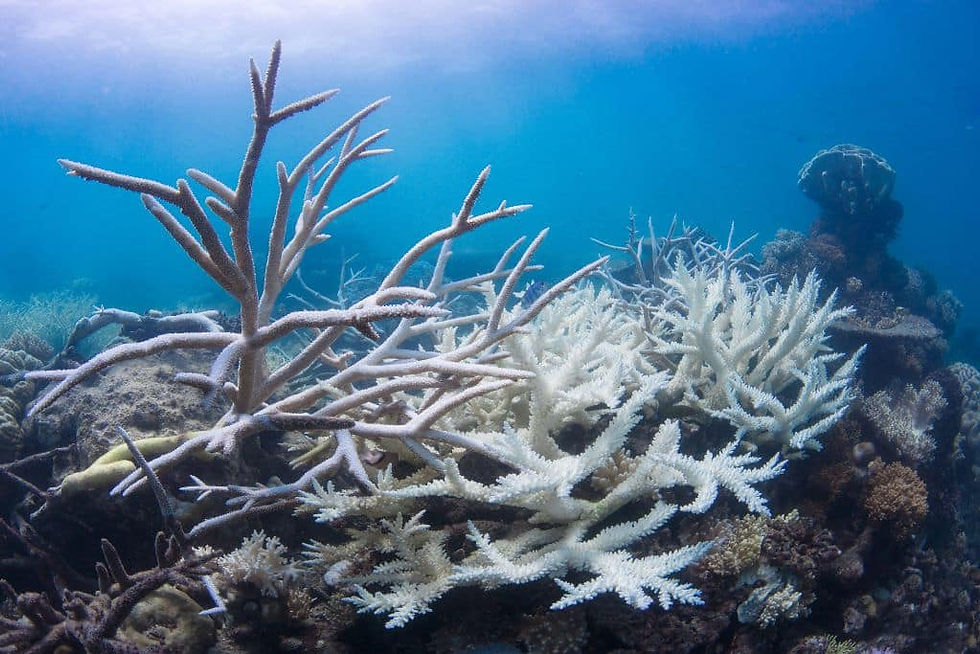NOAA 2018 Arctic Report Card: Five Key Takeaways
- Constant Tedder
- Dec 19, 2018
- 2 min read
The National Oceanic and Atmospheric Administration (NOAA) has released The Arctic Report Card for 2018. The new report, issued annually since 2006, shows a bleak outlook for the future health of the planet’s ecosystems. Here’s what you need to know.
—
Sea ice packs are younger and thinner than ever, with sea ice minimums at near record lows over the past 12 years. The Arctic has lost 95% of its oldest sea ice over the last 30 years, leaving behind a weaker ice pack that is unlikely to survive the summer melt.
Warming ocean temperatures, linked to low sea ice levels, are posing a danger to the basic functionality of the marine ecosystem. The ocean environment is correlated with extreme weather, such as the northern heat waves and continental cold snaps across Europe in 2018.
Toxic algae blooms are larger and more widespread in the ever-warmer oceans, impacting the entire marine ecosystem and the food chain, most notably seals and sea lions. The mammals often ingest a considerable amount of algae toxins present in smaller ocean organisms, fish, and crustaceans, causing serious and even fatal illnesses.
Microplastics are on the rise in the Arctic, posing a threat to marine life and seabirds that can ingest the debris. The plastic particles and debris were likely transported there by warmer ocean currents.
There is no indication of a reversal, the NOAA warns, to the Arctic’s former cool and icy conditions. “The year on year persistence of warmer temperatures and thinning ice is continuing to have a negative impact that threatens the health of Arctic animals and people”, the report concludes.
For more information on the report, check out this video.
You might also like: Methane Emissions in the Arctic Could Amplify Global Warming




Comments